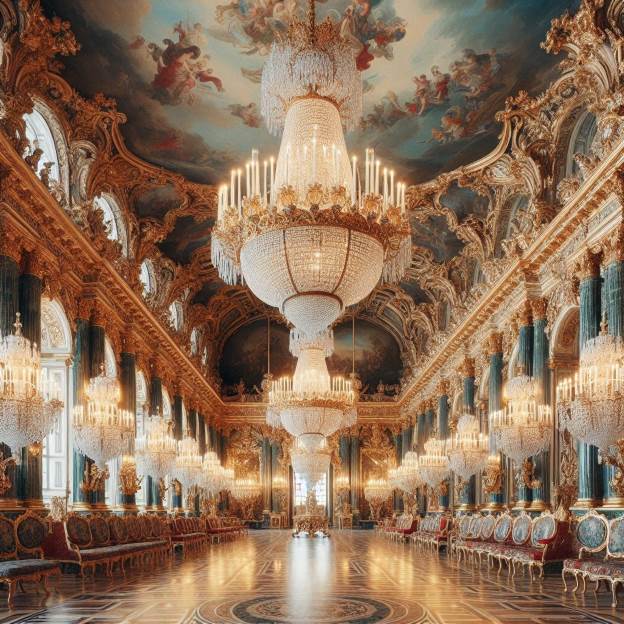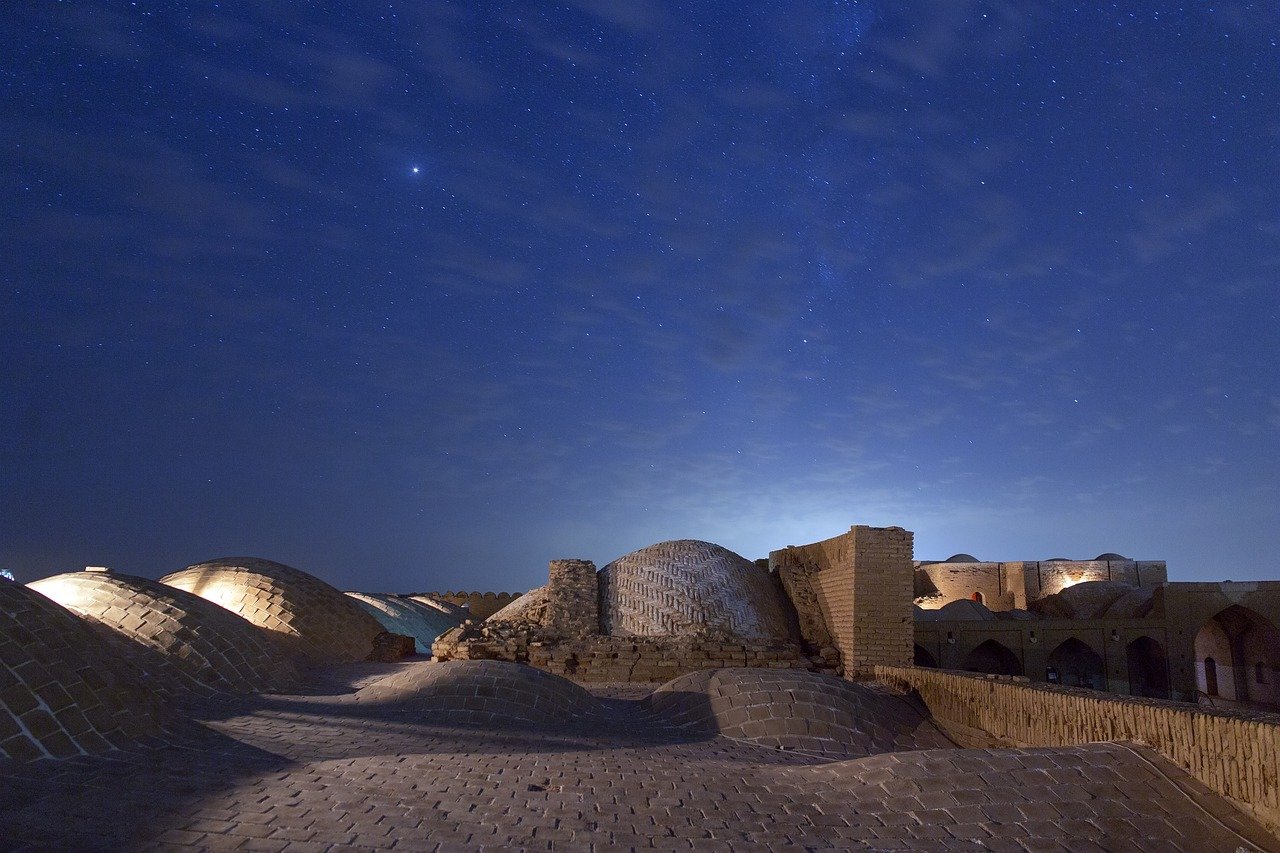
Grand chandeliers have long been more than just sources of light. They were statements of power, wealth, and influence found in the halls of kings, emperors, and political leaders. These magnificent fixtures adorned royal palaces, government buildings, and places where crucial decisions were made. Even today, lighting plays a role in shaping perceptions of authority.
As modern design evolves, there is a growing trend to break away from ordinary lighting with fresh designs. The shift from traditional chandeliers to innovative pendant lights reflects the changing nature of political spaces. However, the essence remains the same—lighting signifies status and sophistication.
The Royal Glow: Chandeliers in Monarchies
For centuries, chandeliers were a hallmark of monarchy. Lavish fixtures illuminated the courts of Louis XIV, Catherine the Great, and Queen Victoria. These leaders understood that opulence reinforced their status. For instance, Versailles’ Hall of Mirrors is a striking example of how lighting was used to dazzle and impress.
Beyond aesthetics, chandeliers symbolized divine right. The glittering crystals and golden frames reflected a ruler’s supposed connection to the heavens. To walk into a throne room bathed in the glow of countless candles was to step into the presence of unquestionable power.
Political Statements Through Lighting
Government buildings also embraced the grandeur of chandeliers. The U.S. Capitol, Buckingham Palace, and the Kremlin all feature elaborate lighting fixtures. These chandeliers did more than illuminate; they reinforced the authority of the institutions they adorned.
In diplomacy, lighting played a strategic role. High-profile meetings often took place under breathtaking chandeliers, adding an air of sophistication to international discussions. Even today, the lighting in conference halls, state dinners, and press rooms is carefully curated to project authority and control.
Lighting in Modern Political Spaces
While traditional chandeliers remain in historic buildings, modern political spaces have adapted. Offices, legislative chambers, and executive meeting rooms now favor pendant lights and sleek fixtures. These changes reflect a contemporary aesthetic shift while maintaining an air of distinction.
For example, the White House balances classic chandeliers in historical rooms with modern lighting in workspaces. The European Parliament and United Nations headquarters use lighting that combines functionality with style, ensuring spaces are practical and visually commanding.
The Power of Light in Public Perception
Lighting influences how people perceive authority. Bright, well-lit spaces convey transparency and openness, while dimly lit rooms can create a sense of secrecy or exclusivity. Political campaigns, speeches, and debates rely on strategic lighting to shape public opinion.
Have you ever noticed how world leaders are often photographed under elegant chandeliers or modern pendant lights? It’s no coincidence. Lighting directs attention, highlights presence, and subtly reinforces power.
READ ALSO: Fences Throughout History: Symbolism and Function in Different Cultures
Conclusion
Chandeliers have long been symbols of political authority, from royal palaces to government halls. While modern lighting trends embrace innovation, the message remains unchanged—light signifies power. Whether through grand chandeliers or contemporary pendant lights, those in leadership continue to use illumination as a tool to command respect and admiration.

